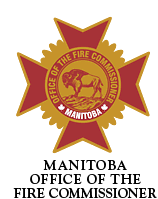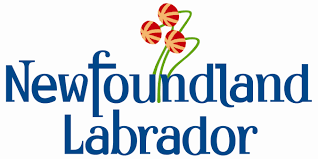Who Is The Authority Having Jurisdiction (Elevator Safety Authority) In Your Area?
As city skylines climb higher and the need for service and modernization increases, Canada’s elevator industry is growing rapidly. Regulatory bodies across the country work to ensure that every new installation and existing elevator operates legally and, most importantly, safely. Each elevator safety authority adheres to different regulations; it is critical that owners, contractors, and other parties know where to find accurate information.
Acts, Regulations, and Elevator Compliance
The why behind elevator regulations is simple – and universal: to protect public safety. The how varies by jurisdiction. Legislative bodies pass laws, or acts, which set out the technical standards related to “elevating devices”. Regulationsexplain how owners, elevator contractors, and others can follow there legal requirements.
Take, for example, Ontario’s Technical Standards and Safety Act (TSSA). The law contains several regulations, such as:
Every owner of a passenger elevator shall ensure that… the name and telephone number of the contractor currently maintaining the elevator is readily available, together with the expiry of the elevator maintenance contract. O. Reg. 209/01, s. 38.
The regulations in TSSA, as in other provinces’ elevating devices acts, cover everything from licensure and design submissions to fees and inspections.
As mentioned, each jurisdiction has its own acts and regulations, though they are often quite similar. The overall goal is to promote safety, but the specifics on how authorities administer and enforce regulations vary from one jurisdiction to the next.
Owning Responsibility for Code Compliance
While owners assume ultimate responsibility for the safe design, installation, and operation of their elevators, contractors and maintenance companies play a central role in compliance. Typically more well-versed in specific regulations, they can help owners navigate the complex world of codes and standards. Knowing where to turn for information and assistance is essential for both parties.
The following is a list of jurisdictional authorities across Canada. Their websites contain relevant legislation, requisite forms, bulletins, and more to help owners and professionals comply with applicable laws:
Saskatchewan: TSASK
Ontario: TSSA
British Columbia: BC Safety Authority
Alberta: AEDARSA: Alberta
Manitoba: : Office of the Fire commissioner Manitoba
Quebec: Quebec Safety Code
Elevators and Lifts Act: Prince Edward Island
Services Newfoundland: Newfoundland
Elevators and Lifts: Nova Scotia
Government of New Brunswick Inspection: New Brunswick
Because regulations differ from location to location – and because they change frequently (i.e. they are updated about every three years), it is important that owners, contractors, and maintenance professionals stay connected with the elevator safety authority in their jurisdiction.
Safety and compliance are twin goals of every elevator installation. Building owners and contractors can rely on their jurisdictional elevator safety authority for up-to-date information to ensure they meet all applicable requirements.









